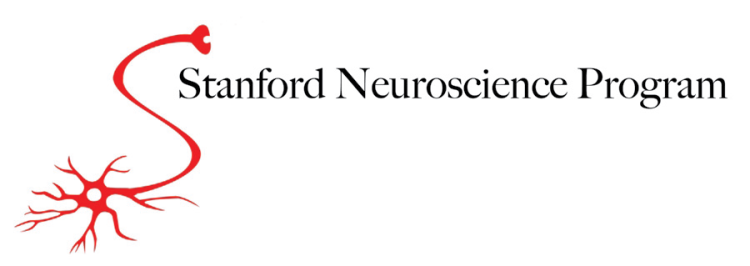Ph.D's in Press + shameless lab promotion (aka: Chickens! in PLOS One!)
/Part 6 in an occasional feature, highlighting recently published articles featuring an author (or authors) affiliated with the Stanford Neuroscience Ph.D program. (Part 1, Part 2, Part 3, Part 4, Part 5)* This edition of Ph.D's in press also includes a paper authored by a former member of the Stanford Neuroscience Ph.D program, for the sole purpose of shamelessly promoting a recent publication from the Knudsen Lab.
But first:
Hot off the presses, William Joo (Luo lab), is the first author of a Neuron paper that identifies mechanistic links between cell fate selection, axonal trajectories, and target selection in Drosophila olfactory system. The article is second authored by former Neurosciences graduate student Lora Sweeney ('05-'11, currently post-doc in Kintner and Jessel lab, the Salk Institute and Columbia University).
Neural circuit assembly requires selection of specific cell fates, axonal trajectories, and synaptic targets. By analyzing the function of a secreted semaphorin, Sema-2b, in Drosophila olfactory receptor neuron (ORN) development, we identified multiple molecular and cellular mechanisms that link these events. Notch signaling limits Sema-2b expression to ventromedial ORN classes, within which Sema-2b cell-autonomously sensitizes ORN axons to external semaphorins. Central-brain-derived Sema-2a and Sema-2b attract Sema-2b-expressing axons to the ventromedial trajectory. In addition, Sema-2b/PlexB-mediated axon-axon interactions consolidate this trajectory choice and promote ventromedial axon-bundle formation. Selecting the correct developmental trajectory is ultimately essential for proper target choice. These findings demonstrate that Sema-2b couples ORN axon guidance to postsynaptic target neuron dendrite patterning well before the final target selection phase, and exemplify how a single guidance molecule can drive consecutive stages of neural circuit assembly with the help of sophisticated spatial and temporal regulation.
And for the shameless lab promotion:
I am proud to announce the publication of the Knudsen lab's first study in the awake, behaving chicken. Featuring the talents of former Neurosciences Program student (and current Knudsen lab post-doc) Devarajan Sridharan, and former lab member (and current UC Davis Ph.D student) Deepa Ramamurthy, this gem of a PLOS One paper describes the observation that chickens performing a multiple alternative Go/NoGo task to detect small, brief visual targets, are able to modulate their detection performance based on the spatial probabilities of the sensory stimuli. Being in PLOS One, the paper is Open Access, so share it with your friends. Go Team Chicken!
The natural world contains a rich and ever-changing landscape of sensory information. To survive, an organism must be able to flexibly and rapidly locate the most relevant sources of information at any time. Humans and non-human primates exploit regularities in the spatial distribution of relevant stimuli (targets) to improve detection at locations of high target probability. Is the ability to flexibly modify behavior based on visual experience unique to primates? Chickens (Gallus domesticus) were trained on a multiple alternative Go/NoGo task to detect a small, briefly-flashed dot (target) in each of the quadrants of the visual field. When targets were presented with equal probability (25%) in each quadrant, chickens exhibited a distinct advantage for detecting targets at lower, relative to upper, hemifield locations. Increasing the probability of presentation in the upper hemifield locations (to 80%) dramatically improved detection performance at these locations to be on par with lower hemifield performance. Finally, detection performance in the upper hemifield changed on a rapid timescale, improving with successive target detections, and declining with successive detections at the diagonally opposite location in the lower hemifield. These data indicate the action of a process that in chickens, as in primates, flexibly and dynamically modulates detection performance based on the spatial probabilities of sensory stimuli as well as on recent performance history.

